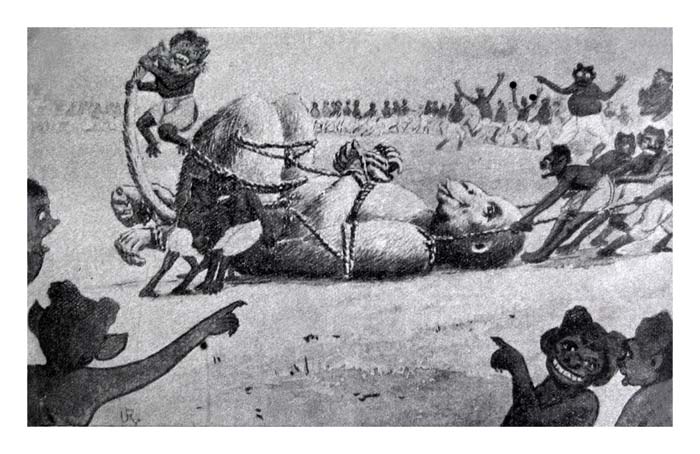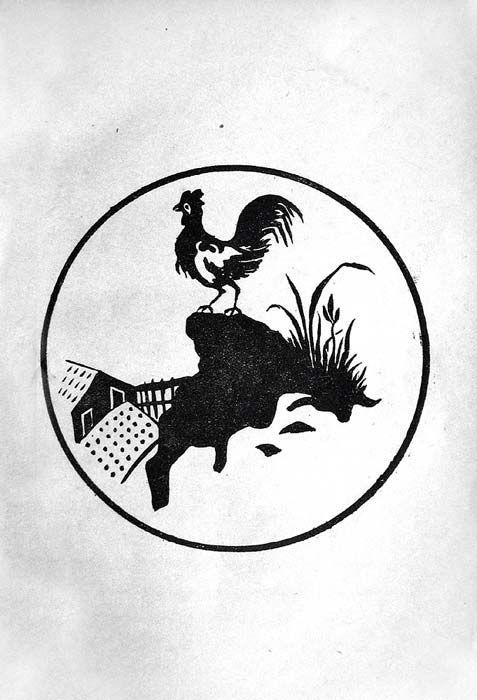Gargi Gangopadhyay




Grant Period: Over one year and six months
This grant supports research into an indigenous children’s literature in 19th century Bengal, which grew rapidly in opposition to the British education system and recovered a displaced swadeshi tradition.
Print literature for children in Bengali vernacular took roots in the early 19th century (1818 onwards), essentially as a part of the British colonial policy. Modeled after the Western pedagogies, it sought to dismiss and displace the native culture of childhood and ostensibly served to sanctify British moral supremacy from an ideological point. However in the second half of the century, this niche print genre, evolving through complex encounters of the oral and the written, the popular and the elite, the indigenous and the western had gathered a momentum and an agenda of its own: rejecting the coloniser’s ‘alien’ literary culture. Children’s literature in Bengal strove to reclaim its displaced heritage to recover the ‘lost’ self and to build a national identity, a deshbodh through its indigent traditions.
The residues of the pre-print era continued to exist simultaneously with the new culture of children’s books. The oral narratives banished from the pedagogical boundaries of official print, found a fresh lease of life and resurfaced in the form of cheap Battala books. By the second half of the 19th century, the Battala (also a locality in central Kolkata) presses were doing roaring business by selling popular and cheaply printed books. These books catered to the masses and cashed in on pre-print literary tastes.
Gangopadhyay will map the virtually un-researched aspect of social and cultural history of Bengal through 19th century Bengali children’s literature. Her research will culminate in an encyclopedia of indigenous children’s literature. Each individual entry in the encyclopedia will be furnished with original publishing details, an overview of content, significant additional information and a short critical comment. Wherever possible, the entry will be supplemented by a reprographic copy of its cover/title page and other significant pages or illustrations. The encyclopedia will be prefaced by a detailed introductory essay and a concluding essay. In addition to the encyclopedia, the research output will be archived on a website.
This grant was made possible with support from Priti Paul.
